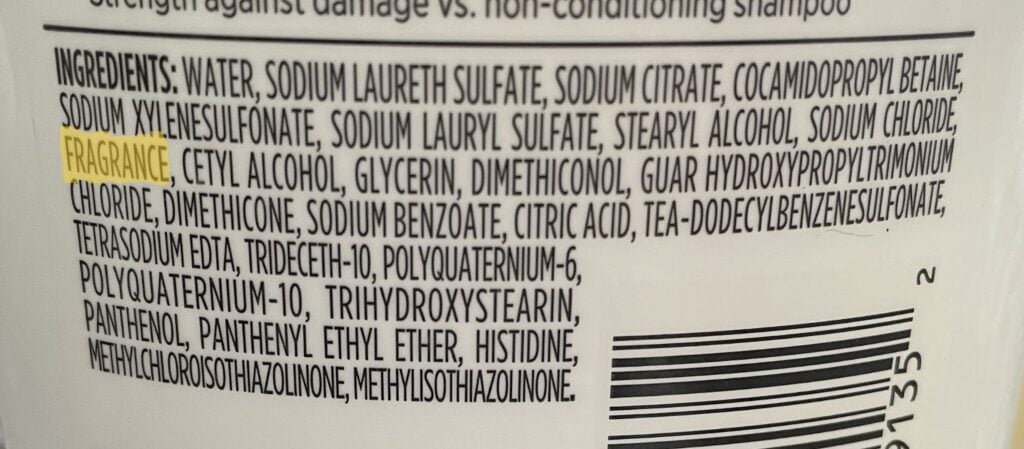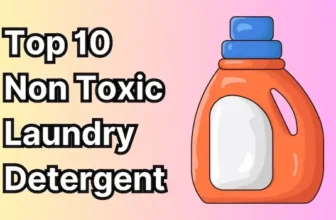The rumors about lead in Stanley Cups began circulating widely in early 2024, triggered by posts on social media platforms like TikTok and Instagram. As a scientist, I remember watching users sharing videos of themselves conducting at-home lead tests on their Stanley products, particularly testing the bottom of the cup where a sealing pellet is located.
So I will be doing a deeper dive based on my own research, and sharing the true extent of how much you should be worried, or not worried.
| Date | Event/Development | Details & Source |
| Early January 2024 | Social media posts highlight presence of lead in Stanley cups | Consumers begin sharing at-home lead testing results, sparking widespread concern and viral posts. |
| Late January 2024 | Stanley confirms lead use in manufacturing | Company issues statements explaining an industry-standard lead pellet is used in the vacuum seal and covered by steel. |
| February 2024 | Media and experts respond | Experts note the lead is inaccessible unless the base is severely damaged; risk is minimal under normal use. |
| February–March 2024 | CT scans and lab tests published | Third parties (e.g., Lumafield, Mamavation) confirm through CT/X-ray and EPA-certified testing that the lead is in a sealed pellet under the cup’s base. |
| March 2024 | Fact-checking and warranty updates | Fact-checkers and news outlets clarify that no lead exposure risk exists unless the base becomes detached. |
| Ongoing (2024–2025) | Stanley and experts reiterate safety; warranty covers concerns | Stanley emphasizes no lead is present on user-contact surfaces and products meet regulatory requirements; cups are covered by warranty if base cap is damaged. |
Why it Matters: Lead Exposure Risks
Lead exposure is harmful at all detectable levels, with even low doses having adverse health impacts, especially for children and pregnant women. According to the WHO (World Health Organization), there is no known safe blood lead level. (1)
How much is needed to cause harm? (1)(2)(3)
| Blood Lead Level (µg/dL) | Health Effects |
| <5 | Diminished IQ, academic achievement, behavioral problems in children |
| 5–10 | Further neurological and developmental effects observed |
| 10–20 | Kidney function impairment, increased blood pressure, cognitive changes |
| 20–40 | Cognitive dysfunction, sperm/semen issues, reaction time deficits |
| 40–80 | Severe symptoms—headache, fatigue, joint pain, sleep disturbance |
| >80 | Permanent health damage, risk of death, encephalopathy, seizures |
Simple Description of Vacuum Sealing with a Lead Pellet
Vacuum-insulated stainless steel cups (like certain Stanley tumblers) use a special manufacturing step to keep drinks hot or cold for longer. Here’s a simple explanation of how vacuum sealing with a lead pellet works:
- Two Layers of Steel: The cup is made with two walls of stainless steel—an inner and an outer layer.
- Air Removal: Air is sucked out from the gap between these two layers to create a vacuum, which acts as insulation.
- Sealing the Gap: To keep the vacuum inside, the small hole used to remove the air must be sealed completely.
- Lead Pellet as a Seal: A tiny lead pellet is placed at the opening and melted to fill the hole. Lead is used because it melts at a low temperature and creates a tight, reliable seal quickly.
- Safety Cover: The lead pellet is then covered and fully encased with stainless steel at the bottom of the cup, making sure it never touches your drink or hands as long as the base is intact.
This process ensures vacuum insulation and strong temperature retention, with the lead pellet securely sealed away from any possible contact with what you drink.
Do Other Brands Use Lead to Achieve Vacuum Insulation?
Yes, using lead beads to seal the vacuum layer is a standard practice in the industry for double-wall stainless steel drinkware.
Many leading brands—including YETI—use a similar method in their manufacturing process.
Are There Alternative Methods to Achieve Vacuum Insulation?
Yes, there are several alternative methods for creating vacuum insulation in stainless steel drinkware without using lead.
Brand | Method for Vacuum Seal/Insulation | Notes |
| Stanley/Yeti | Lead bead at base (industry standard) | Lead safely enclosed unless bottom is damaged; standard in many legacy tumblers. |
| Klean Kanteen | Uses silica or glass plug to seal | All tumblers and bottles certified lead-free, including insulation plug. |
| Hydro Flask | Non-lead vacuum-seal process | Manufacturer confirms no lead is used in any part of their production. |
| Owala | Alternative non-lead sealing | Confirmed by brand to not use lead in the insulation process. |
| Reduce Cold1 | Proprietary non-lead seal | Marketed as a lead-free Stanley alternative. |
Best Stanley Cup Alternatives without Lead
- Klean Kanteen specifically highlights using a silica or glass plug rather than a soldered lead bead, which provides the necessary airtight seal for vacuum insulation without introducing lead.
- Hydro Flask and Owala both confirm they do not use any lead in either their insulation process or anywhere else in the product. Both have become leading choices for people wishing to avoid any risk of lead exposure from insulated drinkware.
- Some brands, like Reduce Cold1, promote their products directly as lead-free alternatives after increased consumer concern about Stanley cups.
References
- Lead poisoning
- Lead – Health Effects | Occupational Safety and Health Administration
- Lead | National Institute of Environmental Health Sciences
Read Next
Top 10 Best Non-Toxic Candles in 2025

Top 10 Best Non Toxic Laundry Detergents
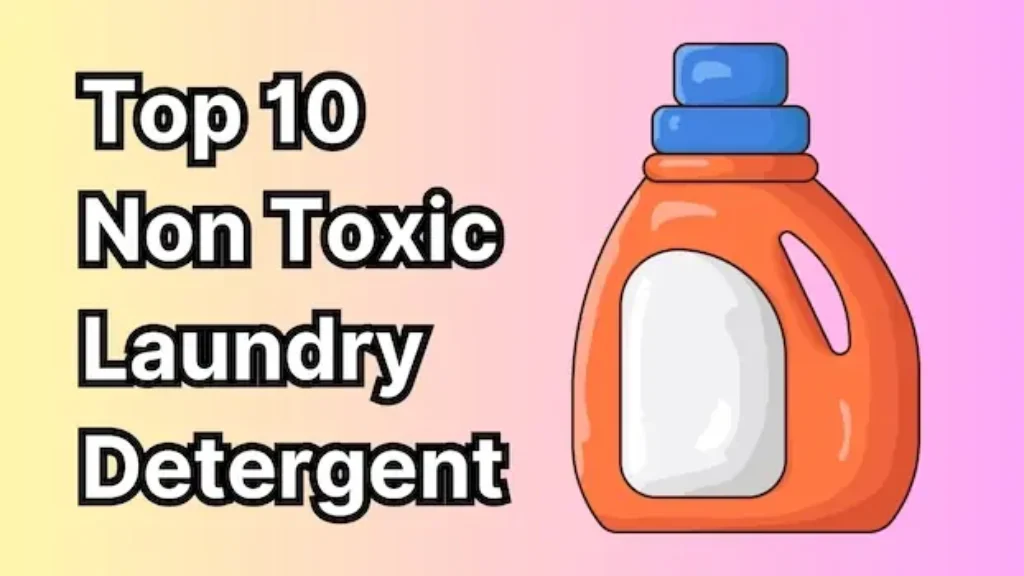
What is FD&C Red 40 Made of and its Side Effects?

What Is Yellow 5 (Tartrazine) and is it Bad for You?
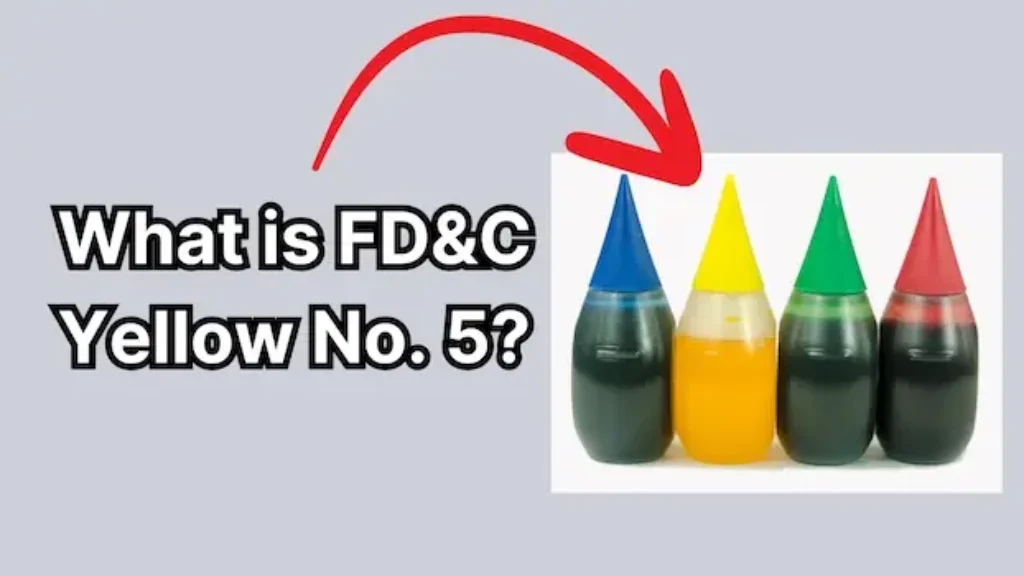
What Is FD&C Blue 1 and is it Bad for You?

What are Parabens & Why are They Bad? From a Scientist

PFAS: Meaning, Definition, and How to Avoid
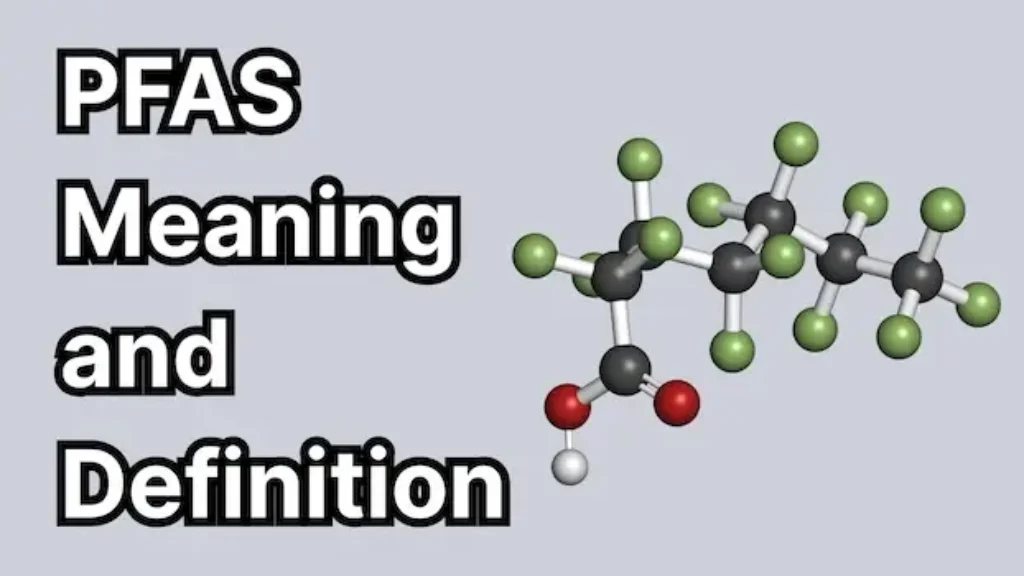
What are Phthalates? Pronunciation and Definition

What is Fragrance Made of? Ingredients List & Health Risks
